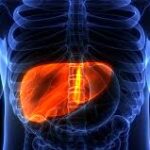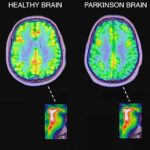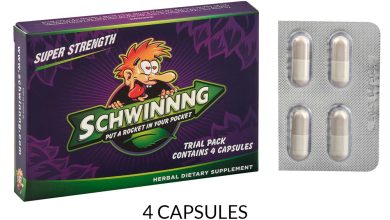Drug-Induced Lupus List Of Medications
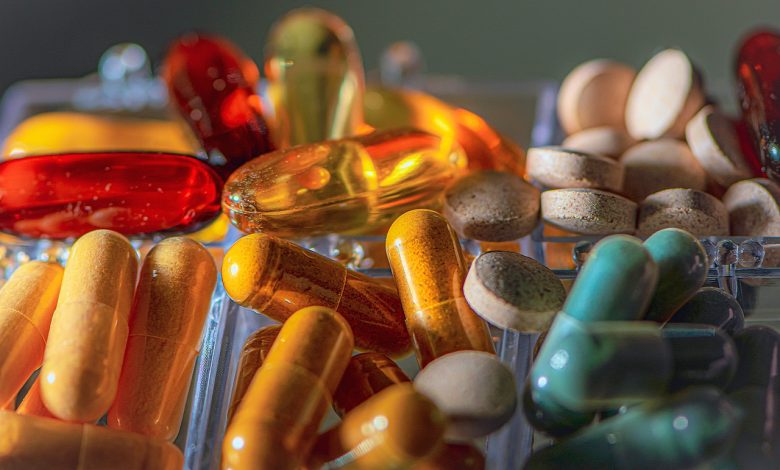
Drug-induced lupus (DIL) is a form of lupus erythematosus that is caused by certain medications. Lupus erythematosus is a chronic autoimmune disease in which the immune system attacks healthy tissue in various parts of the body. DIL is characterized by symptoms similar to those of systemic lupus erythematosus (SLE), including joint pain and swelling, fever, fatigue, skin rashes, and kidney problems. However, unlike SLE, DIL is typically reversible and does not cause long-term damage to organs.
Several medications have been associated with DIL, including certain anticonvulsants, antibiotics, and heart medications. The exact mechanism by which these drugs cause DIL is not fully understood, but it is believed that they trigger an abnormal immune response that leads to the development of autoantibodies, which attack healthy tissue.
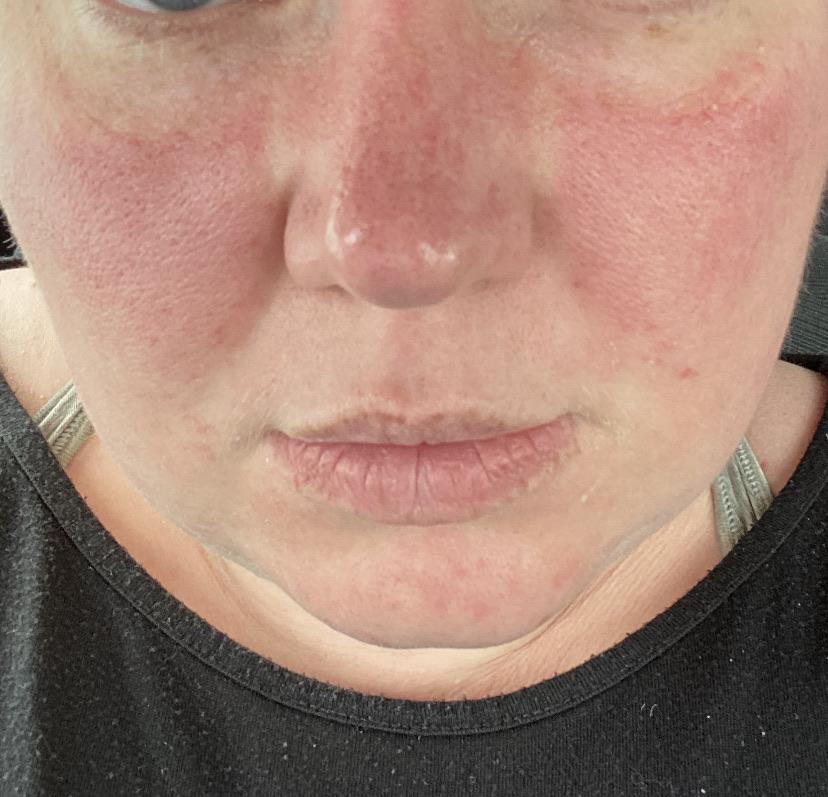
Drug-induced lupus antibody
DIL is characterized by the presence of autoantibodies in the blood, which are produced by the immune system in response to the medication. The most commonly seen autoantibodies in DIL are anti-histone antibodies.
Histones are proteins that are found in the nucleus of cells and help to package DNA into a compact structure. Certain medications, such as hydralazine and procainamide, are thought to bind to histones, causing the immune system to recognize them as foreign and produce anti-histone antibodies.
In addition to anti-histone antibodies, other autoantibodies may also be present in DIL, including anti-double-stranded DNA (dsDNA) antibodies and anti-nuclear antibodies (ANA). However, the presence of these autoantibodies does not necessarily indicate the presence of systemic lupus erythematosus (SLE), as they can also be found in other autoimmune diseases and in some healthy individuals.
The symptoms of DIL typically resolve within a few weeks to months after discontinuing the medication that caused it. Treatment may involve the use of nonsteroidal anti-inflammatory drugs (NSAIDs) or corticosteroids to manage symptoms. In most cases, patients with DIL can safely resume the use of the medication that caused it after a period of time, under close monitoring by a healthcare provider.
Symptoms Of Drug-Induced Lupus
The symptoms of drug-induced lupus (DIL) can vary from person to person, and may be similar to those of systemic lupus erythematosus (SLE), which is a different type of lupus. However, the symptoms of DIL typically resolve within a few weeks to months after the offending medication is discontinued. Some of the common symptoms of DIL include:
- Fatigue
- Joint pain and stiffness
- Muscle pain and weakness
- Fever
- Skin rash, often on the face, neck, and upper extremities
- Photosensitivity (sensitivity to sunlight)
- Dry eyes and mouth
- Chest pain or shortness of breath
- Swelling in the legs or other parts of the body
- Changes in urine output or appearance
It is important to note that not everyone who takes medications associated with DIL will develop symptoms. Additionally, some individuals may develop symptoms years after they have stopped taking the medication. If you are taking any medications associated with DIL and experience any of these symptoms, you should contact your healthcare provider. Your provider may order blood tests to check for the presence of autoantibodies and determine if DIL is a possible diagnosis.
Drug-Induced Lupus List
There are several medications that have been associated with drug-induced lupus (DIL) they include:
1. Hydralazine – a medication used to treat high blood pressure
2. Procainamide – a medication used to treat heart arrhythmias
3. Isoniazid – a medication used to treat tuberculosis
4. Quinidine – a medication used to treat heart arrhythmias
5. Minocycline – a medication used to treat acne and other bacterial infections
6. Methyldopa – a medication used to treat high blood pressure during pregnancy
7. Chlorpromazine – a medication used to treat psychiatric disorders
8. Sulfasalazine – a medication used to treat inflammatory bowel disease and rheumatoid arthritis
9. Terbinafine – a medication used to treat fungal infections of the skin and nails
10. Penicillamine – a medication used to treat Wilson’s disease and rheumatoid arthritis
11. D-penicillamine – a medication used to treat Wilson’s disease, cystinuria, and rheumatoid arthritis
12. Infliximab – a medication used to treat autoimmune disorders such as rheumatoid arthritis and Crohn’s disease
13. Etanercept – a medication used to treat autoimmune disorders such as rheumatoid arthritis and psoriasis
14. Adalimumab – a medication used to treat autoimmune disorders such as rheumatoid arthritis and psoriasis
15. Interferon-alpha – a medication used to treat viral infections and some types of cancer
16. Phenytoin – a medication used to treat seizures
17. Lithium – a medication used to treat bipolar disorder
18. Carbamazepine – a medication used to treat seizures and neuropathic pain
19. Naproxen – a medication used to treat pain, fever, and inflammation
20. Captopril – a medication used to treat high blood pressure and heart failure.
It is important to note that DIL is rare, and not everyone who takes these medications will develop DIL. If you are taking any of these medications and develop symptoms such as joint pain, fatigue, or a rash, you should contact your healthcare provider. Your provider may order blood tests to check for the presence of autoantibodies and determine if DIL is a possible diagnosis.
Does Drug-Induced Lupus Go Away?
Yes, drug-induced lupus (DIL) typically goes away once the offending medication is discontinued. In most cases, symptoms of DIL resolve within a few weeks to months after the medication is stopped. However, it is important to note that the timeline for the resolution of symptoms can vary from person to person and may depend on factors such as the specific medication involved, the dose and duration of use, and individual factors such as age and overall health.
It’s important to work closely with your doctor or healthcare provider if you have been diagnosed with DIL, as they can help manage your symptoms and monitor your condition. In some cases, your provider may recommend medications or other treatments to help alleviate your symptoms. Additionally, it is important to avoid the medication that caused the DIL in the future, as using it again can cause a recurrence of symptoms.
Treatment
The treatment of drug-induced lupus (DIL) typically involves discontinuing the offending medication that caused the DIL. In most cases, once the medication is stopped, symptoms of DIL will resolve within a few weeks to months.
If you have been diagnosed with DIL, your healthcare provider may recommend medications to help manage your symptoms. For example:
1. Nonsteroidal anti-inflammatory drugs (NSAIDs) can be used to help relieve joint pain and stiffness.
2. Antimalarial medications such as hydroxychloroquine may be prescribed to reduce inflammation and improve symptoms.
3. Topical or oral corticosteroids may be used to help manage skin symptoms such as rash and photosensitivity.
4. Immunosuppressant medications may be prescribed in severe cases or when other medications are not effective.
It’s important to work closely with your doctor or healthcare provider to determine the best treatment plan for your individual case. In addition to medications, your provider may also recommend lifestyle changes such as getting regular exercise, eating a healthy diet, and avoiding exposure to triggers such as sunlight.
It is also important to avoid the medication that caused the DIL in the future, as using it again can cause a recurrence of symptoms. Regular monitoring of your symptoms and blood tests may also be necessary to ensure that the DIL has resolved and to monitor for any potential long-term complications.


